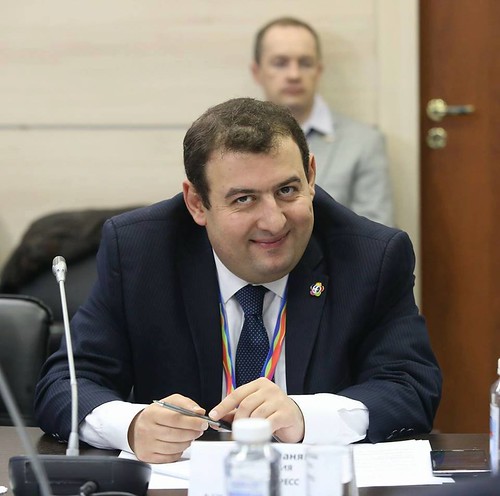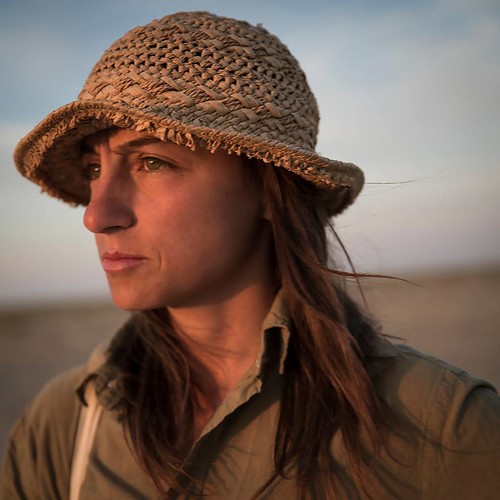Which events in 2017 were important from a media perspective and what changes are expected in the media sector in 2018?
Three colleagues of media.am on the year’s noteworthy events and trends in the industry.

Chief Editor of Armenia TV’s Journalism Department and Chief Editor of Newmag magazine Gnel Nalbandyan
For the media sector, 2017 was marked by several events.
On January 18, the CIA declassified confidential documents related to the Cold War era and UFOs. They will gradually be the focus of the media’s attention, since simultaneous flooding will interfere with noticing and assessing the historical importance of each document. For example, the Pentagon on December 16 published footage that shows how a Navy F/A-18 Super Hornet captures a UFO’s movement in the stratosphere with an unusual trajectory.
In Armenia, the parliamentary elections (in April) with the old methods of the old governing system, with fraud, brought a new governing system to form government through party struggle. This is a wonderful solution with devastating consequences, since, in my opinion, there have been no political parties in Armenia since 1995. The press this year didn’t analyze the resulting absurd situation, since analytical thinking, unfortunately, hasn’t been formed in the Armenian media.
The most important event was the end of the Syrian civil war and defeat of the Islamic State. I’m happy that we will no longer get and report war news from this area. My only regret is that the Armenian Air Force even in a group of a few fighter jets didn’t join the Russian Air Force strikes, and for the Armenian press this issue remained without discussion.
On Expectations
I believe the print media should thoroughly review its product appearance in the coming year, since it’s turned into entertainment for readers over the age of 60, with manipulative content and has become as ideological as possible. Online media is becoming the technical space mostly waiting for events to be broadcast, without its own media product. In Armenia, the [news] sites have the same shortcoming: when they begin to have high viewership, they begin not to differ from each other, dissolve, and become forgetful. Radio has completely been ejected from public life, being satisfied with sound-bite journalism.
Television continues to remain political, show-business-like, and an adjunct to advertising markets, thus not becoming an independent player in the media industry. It would be wonderful if in 2019, TV personalities would begin the Great Migration to the internet. I assume that on the internet Free Information Zones can be create (by the example of Free Economic Zones). Armenia’s journalists will likely benefit if they think more not about just getting a job somewhere, but about being self-employed, establishing their own media entity online, and not selling “template” information.

Director of Armenpress news agency Aram Ananyan
I would isolate three trends more characteristic of 2017. The first are the increasing discussions on a global scale on the notion of fake news — despite the fact that we’re talking about not the increase in the amount of fake news but about the greater attention toward them, which is the result of technological developments. That is to say, technological development has led to the fact that fake news has a greater impact on societies. Social networking sites draw many people’s attention to this highly objectionable phenomenon.
Second, we’re witnessing trends in the development of radio whereby radio broadcasting moves from the domain of FM to digital broadcasting. The first country that is replacing FM broadcasting with digital broadcasting is Norway. Several other countries are considering this option.
The third trend is the increased use of artificial intelligence also in the media sector.

Photojournalist Anush Babajanyan
The year’s important event, in my opinion, was the migration of Rohingya refugees to Bangladesh, one of the most brutal this year. Unfortunately, wars and their consequences are usually the most reported topics.
For 2018, I would isolate the need to take work with social media more seriously. Of course, this is nothing new, but, unlike previous years, when photographing I think more often about how the piece will look on social networking sites. After all, besides being written and photographed, the piece also has to be distributed. In the past, for example, photo series and photo stories were topical; now too they are important, but the power of a unique picture has been re-established. That is, the single picture, which can be viewed more and due to which people will click on the photo story and see it. The title and photo can have a great impact, and we have to take this seriously.
One more trend that I’ve noticed is the change in the role of journalists. Besides covering an issue, journalists have begun to think also about doing some work to address these issues. If a few years ago it was harder to accept that a journalist can also be an activist, today it’s more acceptable when a journalist establishes an NGO or a movement to address this or that problem.
Social networking sites today give you the opportunity to publish what you choose and want, to have a platform and followers, and to get your message across to an audience.
Anahit Danielyan







